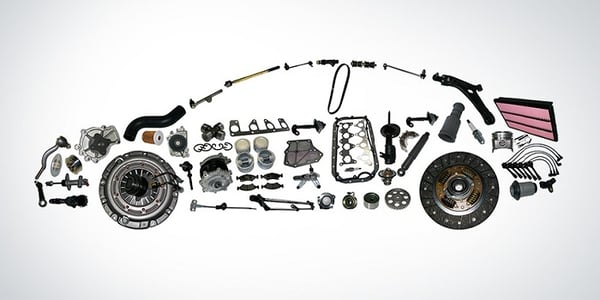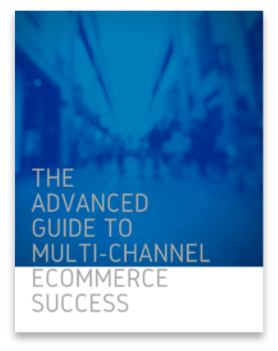
Amazon likes to compete with everyone these days, from traditional retailers to Google, to Netflix and CrunchyRoll. In ecommerce, Amazon has conquered books, apparel and electronics, and now, the retail giant is expanding its empire into auto parts retail and paid search. Retailers will have a hard time keeping up. Also this means that many auto parts retailers will have to import their eBay listing to Amazon, if they want to stay competitive.
Amazon Is Aggressively Pushing Into the Auto Parts Sector
Amazon has been known to be a disruptor of traditional retail, and the $50 billion DIY aftermarket auto parts industry is next on their list. Amazon recently struck supply contracts with some of the largest auto parts makers, including Robert Bosch, Federal-Mogul, Dorman Products, and Cardone Industries.
Amazon is spending heavily to gain a foothold in the market, offering same-day delivery for auto parts in 40 major cities in the U.S. It’s even paying parts makers more than they generally get from retailers such as Auto Zone and O’Reilly Auto Parts, and selling auto parts for 23% less.
For instance, a car battery that would normally cost $216 at your typical auto parts store like Auto Zone was being sold for $166 at Amazon.com. While it seems odd to order a heavy part like a battery online when you could easily drive up to a parts retailer and install it there directly, Amazon believes their hold on price and convenience can win customers over.
In the short run, this could hurt Amazon’s margins, but in the long run it may part of Amazon’s strategy in growing their auto business, Amazon Vehicles, an online platform for users to research cars, auto parts and accessories.
New York Post, Amazon’s next frontier to conquer? Auto parts. By Josh Kosman and James Covert.
Amazon Plans to Monetize Alexa Via Paid Voice Search
More than 8 million shoppers now have an Amazon Echo device in the U.S. Smart home devices are becoming more prevalent, and it’s only a matter of time before someone figures out how to effectively monetize voice search. Amazon is developing a paid search solution through its Alexa virtual assistant.
Paid search on mobile and desktop has been largely successful, according to digital marketing agency, Adlucent. Online spending from pay-per-click ads increased 45% YoY in the 2016 holiday shopping season. Given the popularity of the Echo and the Echo Dot, it makes sense for Amazon to venture into the paid voice search market.
Still, paid voice search is a completely new territory as it requires a unique way of thinking about how ads can be incorporated without disrupting the user experience. Already the leader in paid search, Google will likely be a key player in paid voice search.
So how will paid voice search affect the buyer’s journey and online sales? Will Alexa recommend products sold by the highest bidder? While it’s too early to tell how this technology will develop, conversational commerce is becoming more pervasive, and retailers will need to be aware and adapt to the buyer’s journey.
Retail Dive, Amazon reportedly closing in on Alexa-powered paid voice search, by Dan O'Shea.
Reasons Behind Cart Abandonment: Are Today’s Shoppers Really That Price-Conscious?
According to a Q4 2016 study by Future Pay, the top reasons for cart abandonment were related to the cost of shipping and the overall cost of the order. Other factors such as hassle of return, lack of payment options, and security concerns, had a lot less impact on shoppers.
Reasons for cart abandonment for online shoppers in the U.S.:
- Cost of shipping (86%)
- Cost of order became too expensive (72%)
- Hassle of return (22%)
- Lack of payment options (16%)
- Security concerns (13%)
Another study by Market Track found that shipping and price significantly influenced whether or not shoppers completed an online purchases. Most important factors included free shipping (27%), best price (27%), discounts or sales (12%) and positive reviews (12%).
Today’s consumers are expecting free or low cost shipping, largely driven by Amazon’s Prime program. Sellers must now not only be competitive on price, but they will also need to find other ways to stand out from the crowd and add value to the customer experience.
eMarketer, Does Cart Abandonment Really Come Down to Cost? By Alison McCarthy.
Find out how you can compete in today’s complex ecommerce landscape. Download our whitepaper, The Advanced Guide to Multi-Channel eCommerce Success!






